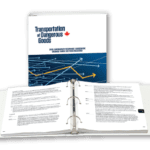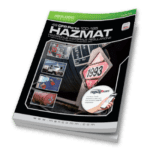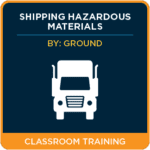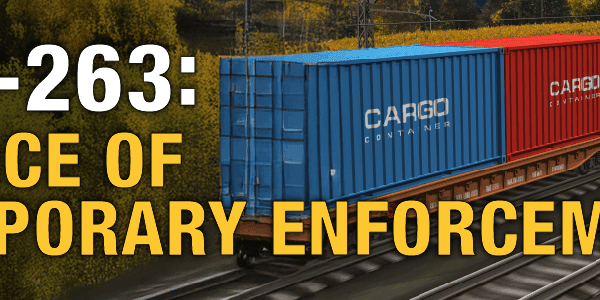
Internationally (IATA and IMDG) methanol ships as UN1230 Methanol, Hazard class 3 and 6.1.
 49 CFR has two entries for Methanol
49 CFR has two entries for Methanol
Column 1 of the first entry shows two symbols. The first one has a “+,” which means the classification is due to human experience. The “I” means that classification is used for international transportation (which makes sense as it is the same as the IATA and IMDG classification).
Note: The nomenclature or symbols used in column 1 can be verified by looking at 49 CFR Part 172.101(b)(1-6).
The next entry has a D, which means the entry is for domestic transportation (may ship in the USA only). The international entry is a hazard class 3 and 6.1.
 We need to consider this when we have a mixture that contains Methanol. When there is more than one alcohol, the family name UN1987 Alcohols, N.O.S or UN1986 Flammable Liquid, Toxic, N.O.S. will apply.
We need to consider this when we have a mixture that contains Methanol. When there is more than one alcohol, the family name UN1987 Alcohols, N.O.S or UN1986 Flammable Liquid, Toxic, N.O.S. will apply.
Thus, for a mixture containing alcohols where Methanol is one of them, the entry UN1986 would apply for international shipping because there are both flammable and toxic chemicals in the mixture. However, domestically in the US, since the US drops the toxic, you can also ignore it for the mixture, making the entry UN1987, Alcohols, N.O.S.
Transport Canada’s thoughts:
Transport Canada posted the following in their FAQ’s, further supporting the international classification:
How do I classify a product that contains a mixture of Methanol with other dangerous goods?
Scenario – Methanol mixed with a Class 8, Packing Group (PG) II dangerous goods
As per Section 2.5 of the TDG Regulations, if a substance meets the criteria for inclusion in more than one class or PG, the substance is dangerous goods, and its classification is determined in the following manner:
- The classes in which the dangerous goods are included are ranked in order of precedence in accordance with Section 2.8 to determine the primary class and the potential subsidiary class or classes;
- The potential PG is the one with the lowest roman numeral;
- The shipping name in Column 2 of Schedule 1 that most precisely describes the dangerous goods and for which the corresponding data in Columns 1, 3, and 4 are the most consistent with the primary class, the potential subsidiary class or classes, and the potential PG is selected; and
- The shipping name and the corresponding data in Columns 1, 3, and 4 of Schedule 1 are used as the classification of the dangerous goods.
For example, a mixture containing Methanol and meeting the requirements of:
- Class 3, PG II
- Class 8, PG II
As per the table of precedence of classes found in Section 2.8 of the TDG Regulations, Class 3 would be the primary class of this mixture. Furthermore, since the mixture contains Methanol and meets the criteria for a Class 3, Flammable Liquids, the Subsidiary Class 6.1 must be shown. Therefore, the shipping name for this dangerous good would be:
- UN3286, Flammable Liquid, Toxic, Corrosive, N.O.S. Class 3 (6.1, 8), PG II
Note: UN1230, METHANOL is assigned to Class 6.1, Toxic Substances, based on human experience and not based on numerical data. As such, a person cannot remove Subsidiary Class 6.1 from its classification.
Learn all about transport classifications by taking a training class or speaking to one of our Regulatory Experts. We are here to help.
Stay up to date by signing up for our newsletter!
We have all the products, services and training you need to ensure your staff is properly trained and informed.

Canadian Transportation of Dangerous Goods (TDG) |

|

|





